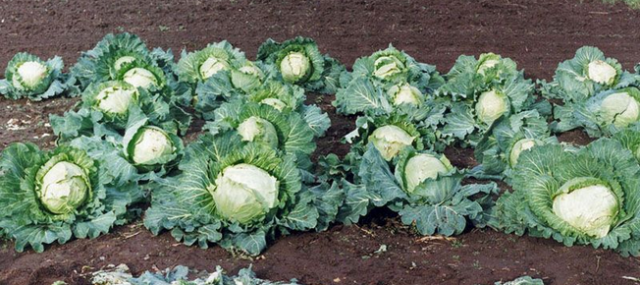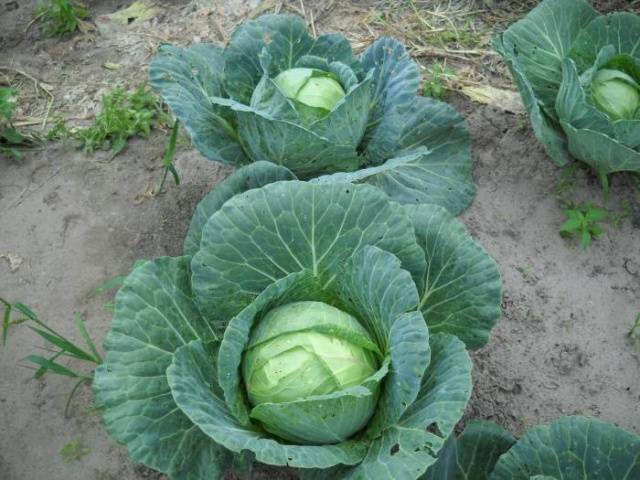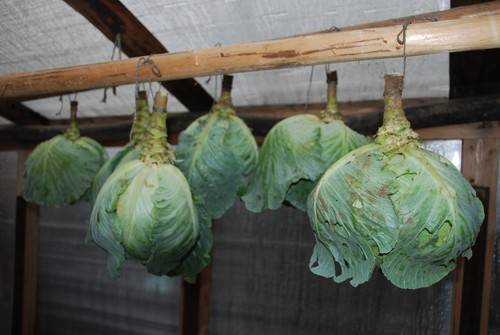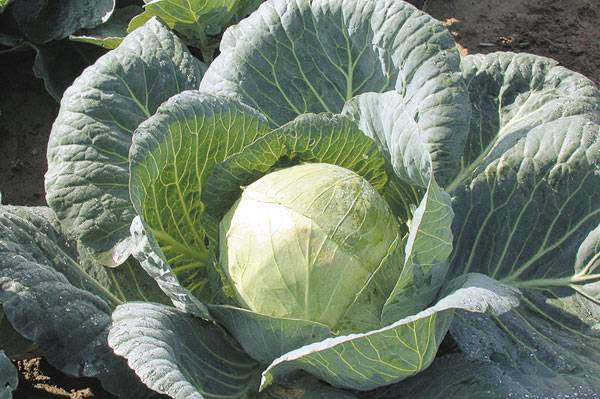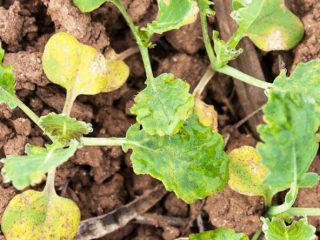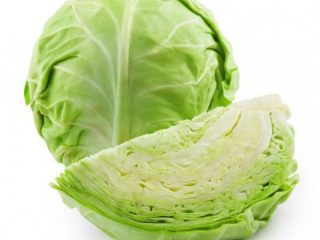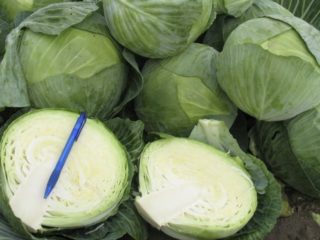Content
Probably, many have heard the proverb: "There is no cabbage and the table is empty." Indeed, it is an amazing vegetable rich in vitamins and minerals with few calories. Nutritionists have long come up with a diet for weight loss with the use of cabbage. Pediatricians also advise giving this vegetable to young children.
Russians cook cabbage soup, borscht, stewed cabbage, pies and many other delicious dishes. It is not necessary to buy this product in the store, you can grow cabbage on your site. This is where the question arises, especially for beginners, when to remove cabbage from the garden. Let's try to figure it out.
Are there uniform cleaning times
The lady's cabbage has grown in the garden, you need to remove it. Mistakes in the timing of harvesting can lead to losses. Forks removed early may turn out to be loose, not fully formed. Late pruning is also undesirable due to head cracking during storage.
Is it possible to know exactly when the cabbage is removed from the garden. It turns out not. Not a single most experienced gardener will name the number of harvesting even in his garden, since many factors have to be taken into account:
- growing region and climatic features;
- compliance with agrotechnical standards for growing and care;
- the weather of the current summer;
- a variety of planted cabbage by maturity;
- variety selection.
Region and climate
Mother Russia stretches from north to south and from east to west for thousands of kilometers. Gardeners live in several zones. Therefore, vegetables are harvested at different times. First of all, because seedlings are planted in the garden at different times. In the south, for example, early cabbage is already cut at the end of June, and in areas with a sharply continental climate, the seedlings are just beginning to spin.
The timing of cleaning is very dependent on the climatic features of the summer. If the summer is cool, with abundant rainfall, cabbage grows like yeast, and therefore ripens earlier. And in dry and hot weather, despite watering, heads of cabbage are formed later, and the yield will be lower.
Depending on the ripening period
Cabbage in terms of ripening can be:
- super early;
- early;
- mid-season:
- late ripening.
What does it mean? Harvesting of early varieties of cabbage begins 100 days after sowing the seeds. Cutting time for late ripening occurs in about 150 days.
When to cut the heads of cabbage, taking into account the technical ripeness. Of course, the harvesting time will be approximate if you apply a mathematical method: add the dates indicated for a particular variety to the day of sowing seeds.
Early maturing varieties
Let's say you live in Siberia and have sown seeds June cabbage May 1, and it ripens in 98 days. It turns out that the early cabbage is harvested in late July and early August. But this is approximate, since the weather in summer is always different. In the southern regions of Russia a month earlier.
It is impossible to be late with the harvesting of early varieties, otherwise the heads of cabbage will begin to crack. Microbes enter the cracks, which leads to decay.
Mid and late ripening
Middle and late ripening varieties are intended for fermentation and keeping fresh in winter. And the cleaning takes place almost simultaneously. Harvesting heads of cabbage ahead of time is undesirable:
- quality of sauerkraut and salted cabbage will be low, since the heads of cabbage will not have time to form;
- such a vegetable will not lie for long;
- the cellar has not yet reached the desired temperature.
If we take into account the ripening period, then the late and medium ripening varieties are harvested in late September, early October.
Weather
When cabbage is removed from the garden, the weather must be taken into account. As a rule, they begin to cut heads of cabbage when the average daily temperature is no more than +5 degrees. There may be frosts at night, but they are not a hindrance, on the contrary, sugar accumulates in the heads of cabbage, and the bitterness disappears. The taste is getting better.
Why is it not recommended to harvest cabbages intended for winter storage ahead of time? The fact is that in September and early October, at positive daytime temperatures, the vegetable continues to grow. Therefore, the beds need to be watered, loosened the ground, that is, to carry out all the same agrotechnical work.
The plant perfectly withstands night frosts up to 6 degrees. But do not wait until the sub-zero temperature persists during the day. If the top leaves remain frost-bitten during the day and do not thaw, urgently start harvesting cabbage.
Knowing at least approximately when to remove a vegetable from the garden in the fall is also necessary because watering stops in two weeks. In addition, if the heads of cabbage have grown to an enormous size, and the harvesting time has not yet come, the forks may crack.
To prevent this from happening, experienced gardeners are advised to deprive the plant of nutrition. Grasp the fork with both hands, turn it from side to side. Then lift it up. Most of the roots will come off and the nutrition will be reduced. The forks will remain intact.
How to remove cabbage correctly
Novice gardeners are interested not only in when to cut heads of cabbage, but also in how:
- First of all, they choose a sunny day without precipitation for work.
- Heads of cabbage can be pulled out if the soil is loose. The stumps are dug out of the hard earth with a shovel, and the roots are carefully shaken off.
- You need to fold the cabbage on the boards so that it dries immediately. It is not recommended to keep the heads of cabbage under the sun for a long time: moisture evaporating from the surface will make them soft and reduce keeping quality.
Harvesting cabbage under the snow:
All leaves cannot be removed. Only cover leaves, which may be damaged or pests, are removed. When cleaning, you need to consider how you will store the forks:
- If you intend to hang the heads of cabbage in the basement or cellar, you need to unscrew it together with the stump from the ground.
- Many gardeners store the vegetable on shelves. In this case, the stump must be cut off. The knife must be well sharpened so that the cut is smooth. Only the top leaves are cleaned.
- Today it has become fashionable to preserve cabbage by wrapping forks in plastic wrap. The head of cabbage is peeled until white leaves appear. You need to wrap well-dried forks, the slightest moisture will lead to decay.
After the last head of cabbage is removed from the garden, the crop is taken under a shed, to a garage, a shed. In short, in any place where precipitation and sun will not fall. In addition, cabbage should not freeze during storage.
When the temperature in the cellar is optimal for the cabbage, the vegetables are transferred there. Some will be salted, some will remain fresh.
Conclusion
You can determine the time of cutting heads by external signs. If the top turns yellow and dry, the cabbage is ripe. She looks like in the photo.
When to remove cabbage from the garden, the gardeners themselves decide, taking into account the factors that we talked about. Today, many people prefer to measure all their actions with the recommendations of the lunar calendar. Astrologers advise harvesting cabbage during the waning of the moon.
